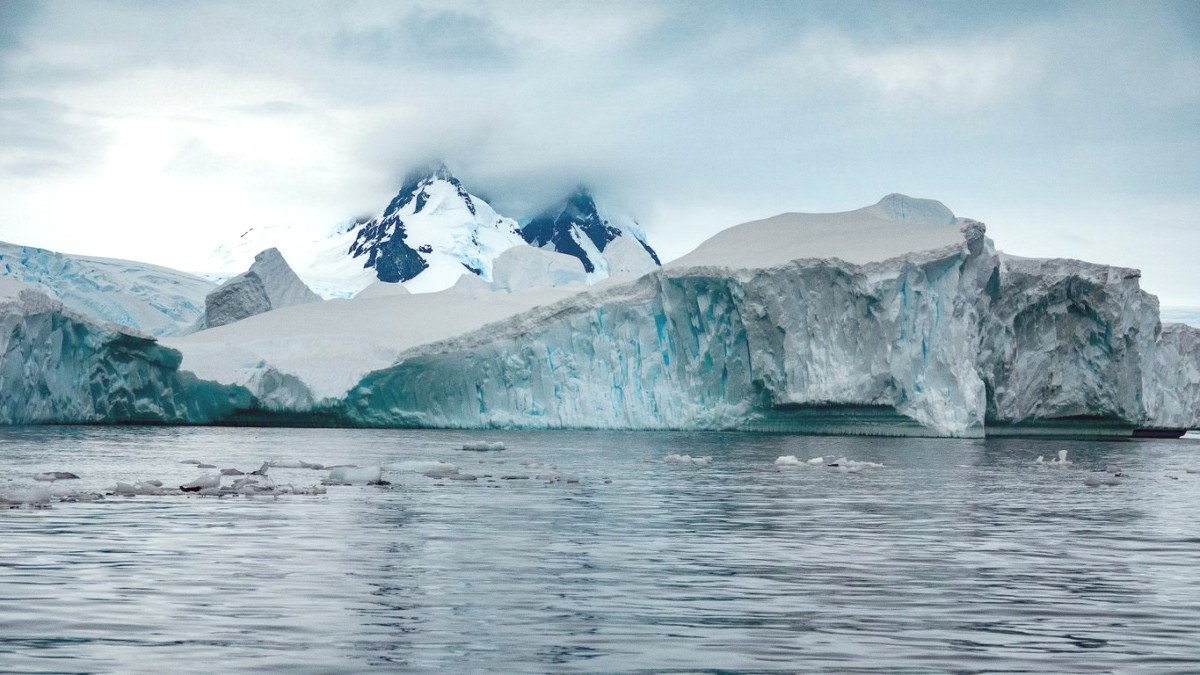
The entire continent a natural reserve devoted to peace and science. Specific areas are designated as ASPAs or ASMAs with strict regulations.
Expedition ships adhere to strict waste management protocols. Nothing discarded in Antarctic waters. All solid waste stored for proper disposal in South America.
Fresh water on ships a precious resource. Ships practice water conservation through efficient systems for desalination and usage. Visitors mindful of consumption.
Choosing the right tour operator the single most impactful decision for responsible travel. Select only IAATO-approved operators.
International and domestic flights to your embarkation port contribute to your trip's carbon footprint.
Cultural sensitivity in Antarctica relates to respecting the continent's unique status and human history.
The economic impact of tourism mainly affects the gateway cities rather than the continent itself.
Consider sustainable outdoor gear for your expedition.
Explore Patagonia's sustainable clothingYour choices before and during your Antarctic journey contribute to its long-term preservation.
Antarctic itineraries vary; understanding timeframes and interests makes for ideal expedition selection.
A 24-hour layover not applicable in Antarctica itself. However, if you have a layover in your embarkation city (Ushuaia or Punta Arenas), local attractions are available.
Not applicable for Antarctica. The minimum travel time to reach the peninsula and cross the Drake Passage makes a weekend trip impossible.
A one-week experience (7-day cruise) often part of a longer 10-11 day total trip including the Drake Passage.
Extended itineraries (18-22 Days) often combine the Antarctic Peninsula with visits to the Falkland Islands and South Georgia.
Cruise operators offer itineraries tailored to specific interests. While a budget trip to Antarctica is relative, strategies exist to manage costs.
Options include historical, adventure, family, and wellness journeys. No art or architecture emphasis.
Backpacker options not applicable. Mid-range and luxury experiences available.
Consider shoulder season, shorter cruises, interior cabins, or last-minute deals.
Explore and book your Antarctic experiences through trusted platforms.
The time of year influences the Antarctic experience, offering distinct advantages for different interests.
Features more pristine, untouched snowscapes, dramatic ice formations, and the beginning of penguin courtship and egg-laying.
Offers peak daylight hours (approaching 24 hours). This prime time for seeing penguin chicks hatching and active colonies.
Excellent for whale watching, as more species arrive to feed. Penguin chicks fledging and molting.
Each season an unique perspective on this dynamic environment. Consider what interests you most when choosing your travel dates.
The Drake Passage can be notoriously rough ('Drake Shake') or surprisingly calm ('Drake Lake'). Prepare for motion sickness regardless. Motion sickness medication is a strong consideration.
Careful consideration of seasonal highlights and personal interests leads to the most rewarding Antarctic experience.